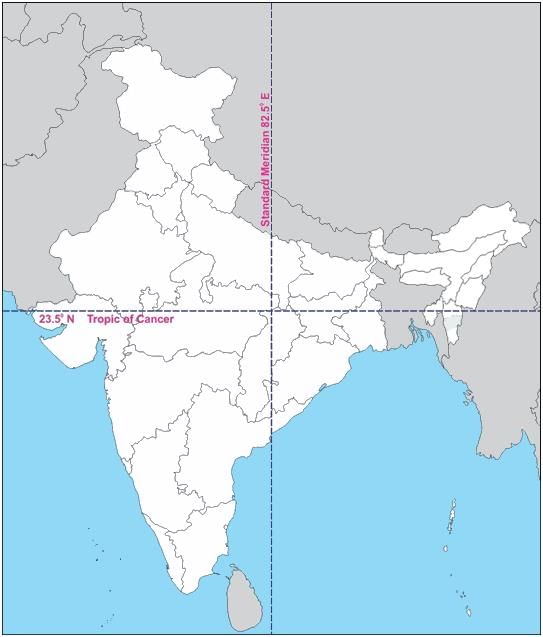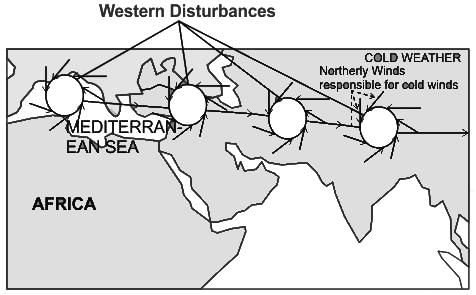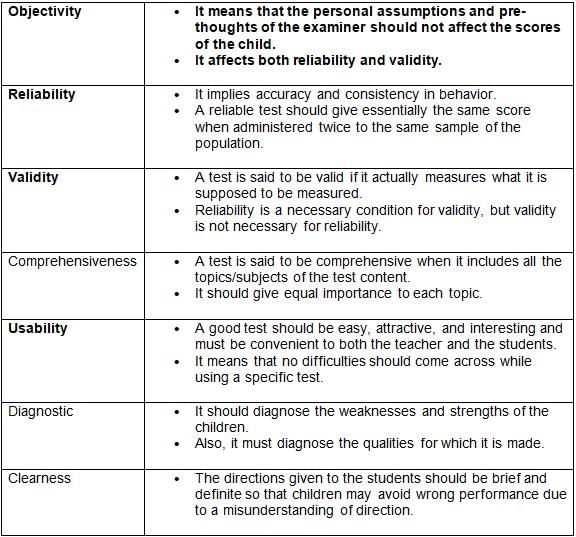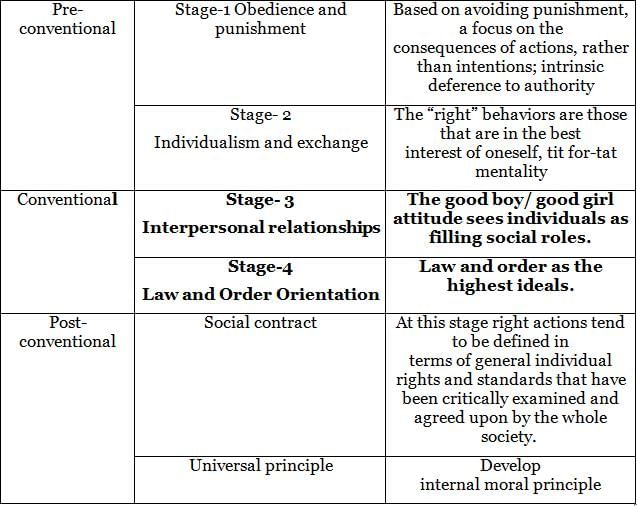OSSTET (TGT Arts) Mock Test - 2 - OTET MCQ
30 Questions MCQ Test - OSSTET (TGT Arts) Mock Test - 2
ବାକ୍ୟରେ ଦ୍ଵିକର୍ମକ କ୍ରିୟାପଦ ଥିଲେ କେଉଁ କର୍ମପରେ କେଉଁ କର୍ମ ବ୍ୟବହାର କରାଯାଏ ?
ସମାଜର କେଉଁମାନଙ୍କ ପ୍ରତି ଫକୀର ମୋହନଙ୍କର ବିଶେଷ ସହାନୁଭୂତି ଥିଲା ?
Direction: Select the most appropriate option to fill in the blank.
I always listen to my ______ before taking a decision on any matter.
Which inscription details Samudragupta’s achievements?
Answer the questions as directed, choosing the correct alternatives given:
Loud thunder rent the air. (The correct pronunciation of 'air' is _______.)
Which area in India does get rainfall in winter due to western disturbances?
Which of the following statement is correct about principles of child development?
A blue print is a three dimensional chart showing weightage even to -
- Assessment objectives
- Content areas
- Forms of question
Which of the following statements is correct with respect to evaluation?
I. Giving marks is more appropriate than giving grades.
II. Assessment is broader than evaluation.
III. Children can be encouraged to be involved in the work process in the evaluation process.
Transmission of genetic characteristics from parents to offspring is called:
Conventional level of moral development viewed by Kohlberg comes under:
In which of the following grading methods grades are provided on the basis of the relative position (ranks) of the students in their class or group?




















